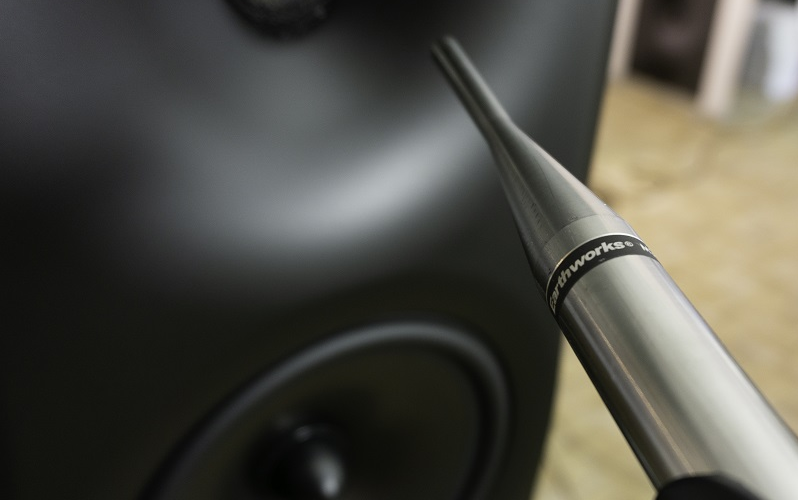Thanks for the answers!
Yes I was reading the paper of Dutch &Dutch before but wanted to get more insights as I felt it was more written to keep things simple for private users.
Regarding measuring the speakers together or on its own.. this is Martijn‘s take on it:
„What I usually do is first EQ both individually, by matching their responses to the same target curve. Next I measure the two EQ'd 8c's together and then manually only address any peaks that might result from the interaction between the two. Usually that's one or two filters with a small gain. I don't change the overall shape of the curve of the combined measurements, and I don't address any remaining dips.“
Regarding the response curve, I asked a mastering engineer about his house curve with the 8c‘s and he boosted the subs by 1db and the lows by 0,5db, the rest stays flat.

